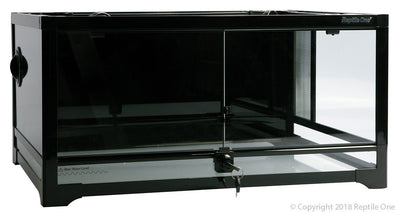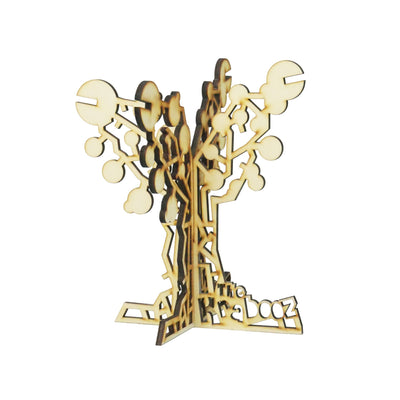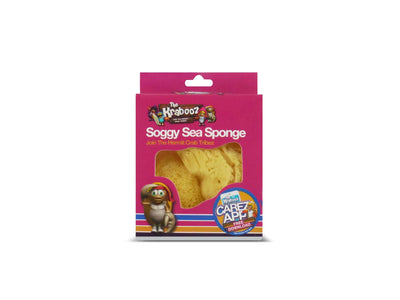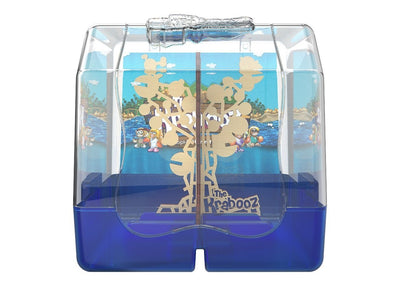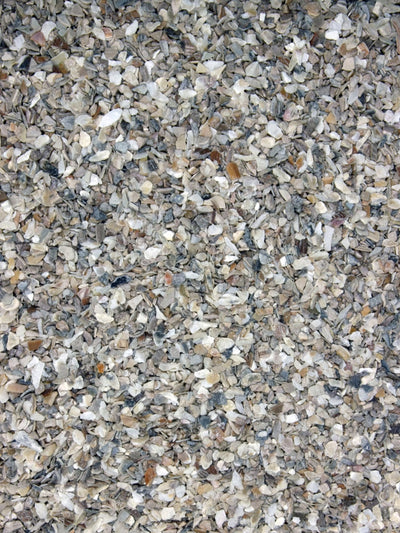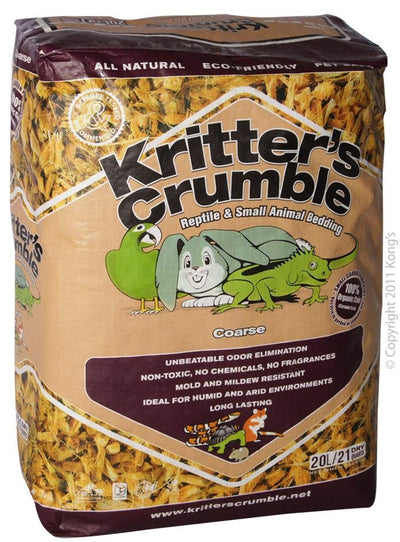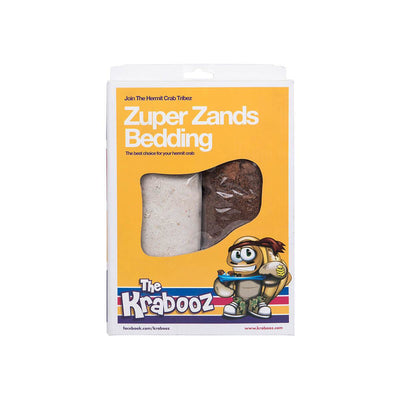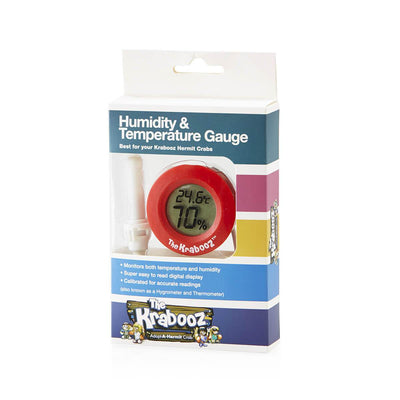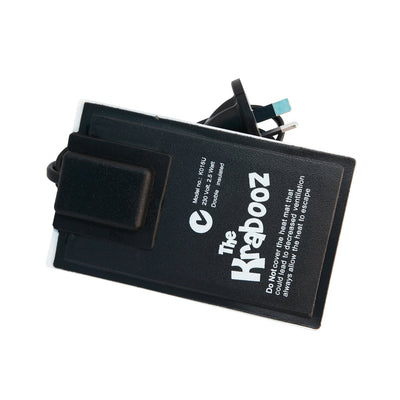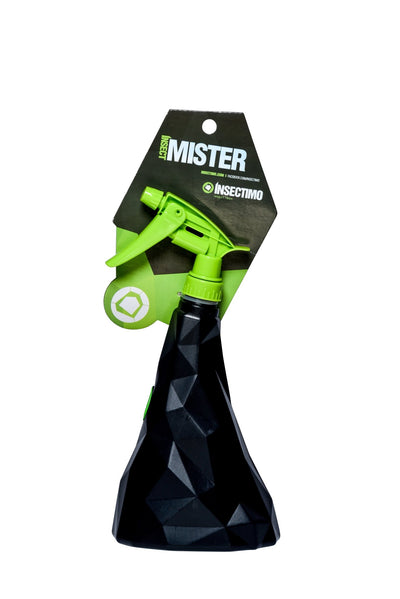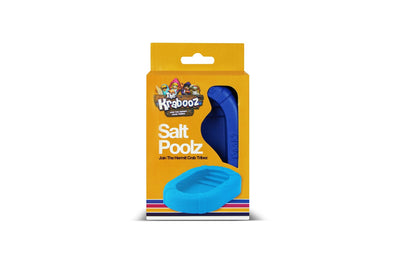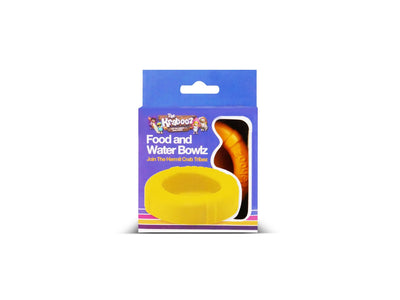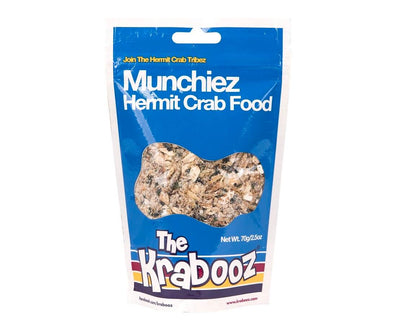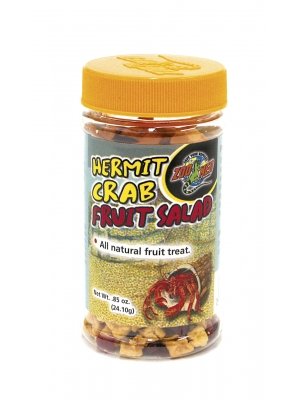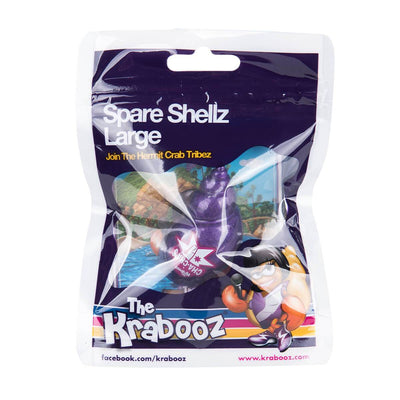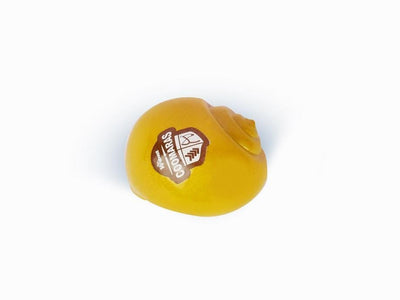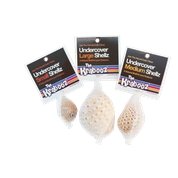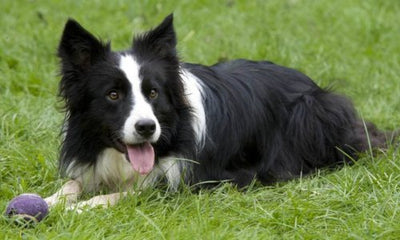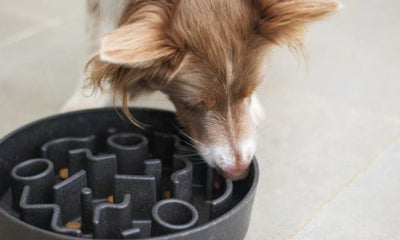Hermit Crabs are a fantastic pet for adults and kids of all ages. They are sociable and inquisitive by nature and are reasonably easy to look after. Our pet experts have put together a guide on how to best care for your pet Hermit Crab!
A bit more about them
Hermit Crabs have evolved to live on land with the use of empty shells as a home and protection. They love company, and thrive in an environment with other Hermit Crabs. We highly recommend housing your Hermit Crab with another of their own kind to prevent loneliness. If you already have one little critter, be sure to introduce the new crab with care as fighting can sometimes occur. Hermit Crabs come in all shapes and sizes, and can grow from 1cm to 8cm. They are nocturnal and will sleep throughout most of the day. You should take your Hermit Crab out and enjoy time with them when you can so they are familiar with you. With the right care, these little creatures can live up to 15 years.



